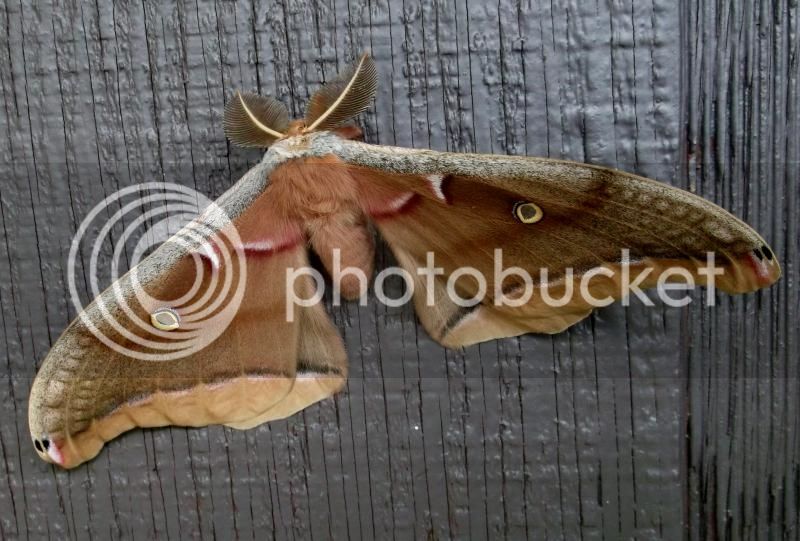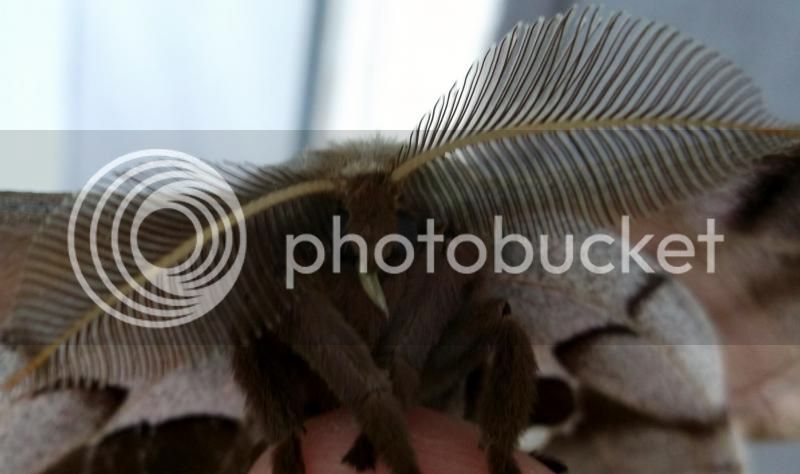You are using an out of date browser. It may not display this or other websites correctly.
You should upgrade or use an alternative browser.
You should upgrade or use an alternative browser.
Roaches et al
- Thread starter jamurfjr
- Start date

Help Support Mantidforum:
This site may earn a commission from merchant affiliate
links, including eBay, Amazon, and others.
ScienceGirl
Well-known member
Never seen an assassin bug in person... Maybe I've seen one but haven't identified it?
do magnus plausus tibi!! insectae sunt slendida!!
jamurfjr
Well-known member
O. duesta

$13.99 ($0.44 / Ounce)
$16.99 ($0.53 / Ounce)
Fresh Fruit Fly Culture (Drosophila Hydei) - Praying Mantis Mantid Frog Lizard Food - 32oz Cup
Surmen Legacy

$14.00
$89.85
Praying Mantis Egg Case with Hatching Habitat Cup - 2 Praying Mantids Egg Cases
NaturesGoodGuys

$18.99 ($2.12 / Ounce)
Josh's Frogs Producing Wingless Drosophila Melanogaster Fruit Fly Culture
Josh's Frogs

$11.74 ($0.02 / Count)
Predator Foods Bulk Live Mealworms - 500 Count (Medium - 0.5")
Predator Foods

$36.00
Carolina Mantis Egg Hatching Kit - 2 Eggs Fresh for The Season
HeZeXinHaoYunWangLuoXiaoShouGongSi

$39.95 ($1.25 / Ounce)
Creation Cultivated 32oz Fruit Fly Culture - Live Feeder Insects for Praying Mantis, Jumping Spiders, Geckos, Lizards, Dart Frogs (Drosophila Hydei Flightless)
Creation Cultivated

$3.19 ($42.53 / lb)
$6.09 ($81.20 / lb)
Fluker's Gourmet Canned Food for Reptiles, Fish, Birds and Small Animals, Black, Mealworms 1.23 Ounce (Pack of 1)
Amazon.com

$16.99 ($16.99 / Count)
Josh's Frogs Freshly Started Flightless Drosophila Hydei Fruit Fly Culture
Josh's Frogs

$12.53
Butterfly Breeding Net, Folding Butterfly Habitat Cage White Butterfly Mesh Cage for Kid Garden Science Education Tool 40x40x60cm
enshishiqiannanwangluoyouxiangongsi

$13.99 ($223.84 / lb)
Surmen Legacy Freshly Started Wingless Drosophila Melanogaster Fruit Fly Culture
Surmen Legacy
I don't like the looks of that roach Alex, it looks like a fish with big lips, freaks grannyma out!
man, just went to look again at it, and it is ugly. R u going to breed them?
jamurfjr
Well-known member
Close. That would have been my guess too. This species should loose the reddish orange head and develop another unique characteristic when it molts to adult. It's also larger than O. duesta.O. duesta
Yes, I hope they breed. I should be absolutely glowing if and when the young'ins are produced.man, just went to look again at it, and it is ugly. R u going to breed them?
panchlora nivea?
Close. That would have been my guess too. This species should loose the reddish orange head and develop another unique characteristic when it molts to adult. It's also larger than O. duesta.
Yes, I hope they breed. I should be absolutely glowing if and when the young'ins are produced.
jamurfjr
Well-known member
It's a glow spot(Lucihormetica subcincta)! Thanks for playing. I have a consolation prize laying around here somewhere. :tt2:panchlora nivea?
It's a glow spot(Lucihormetica subcincta)! Thanks for playing. I have a consolation prize laying around here somewhere. :tt2:
u just wait mr! lololololol mwahahahahahaha!!!
jamurfjr
Well-known member
You're a good sport! Lol!
lancaster1313
Likebugs (site changed my name😐)
Lovely!
Reptiliatus
Well-known member
- Joined
- Mar 5, 2011
- Messages
- 315
- Reaction score
- 26
Be careful with the Platymeris biguttatas as they are very venomous! Just a friendly warning...
I have kept them as well and they are tons of fun but you do have to be careful with them. They won't hesitate to jump at a hand in the enclosre and they will spray their venom at your eyes as a defence (although this is less common in sp. biguttatas.
-Dayyan
I have kept them as well and they are tons of fun but you do have to be careful with them. They won't hesitate to jump at a hand in the enclosre and they will spray their venom at your eyes as a defence (although this is less common in sp. biguttatas.
-Dayyan
jamurfjr
Well-known member
Thanks for the warning. Used to keep Platymeris rhadamanthu (red spots) and Platymeris sp. "mombo"(orange spots). This is my first time keeping the whites. I do my best to treat them with respect. They are a bit jumpy.
Reptiliatus
Well-known member
- Joined
- Mar 5, 2011
- Messages
- 315
- Reaction score
- 26
Oh then don't worryThanks for the warning. Used to keep Platymeris rhadamanthu (red spots) and Platymeris sp. "mombo"(orange spots). This is my first time keeping the whites. I do my best to treat them with respect. They are a bit jumpy.
Last edited by a moderator:
jamurfjr
Well-known member
New fashion accessory. Goes with my outfit. Polyphemus moth found on front of the house. Stylish?



Moth face!!! That's hot! :tt1:




Moth face!!! That's hot! :tt1:

lancaster1313
Likebugs (site changed my name😐)
Lovely!
He looks so cute with his legs crossed like that.
He looks so cute with his legs crossed like that.
jamurfjr
Well-known member
That's a sophisticated moth for ya!Lovely!
He looks so cute with his legs crossed like that.







































